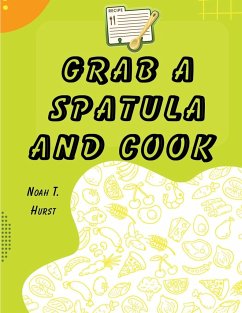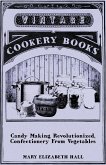The majority of the cuts of meat which are kosher are those which require long, slow cooking. These cuts of meat are the most nutritious ones and by long, slow cooking can be made as acceptable as the more expensive cuts of meat; they are best boiled or braised. In order to shut in the juices the meat should at first be subjected to a high degree of heat for a short time. A crust or case will then be formed on the outside, after which the heat should be lowered and the cooking proceed slowly. This rule holds good for baking, where the oven must be very hot for the first few minutes only; for boiling, where the water must be boiling and covered for a time, and then placed where it will simmer only; for broiling, where the meat must be placed close to the red-hot coals or under the broiler flame of the gas stove at first, then held farther away. Do not pierce the meat with a fork while cooking, as it makes an outlet for the juices. If necessary, to turn it, use two spoons. All vegetables should be thoroughly cleansed just before being put on to cook. Green vegetables; such as cabbage, cauliflower and Brussels sprouts, should be soaked heads down in salted cold water, to which a few spoons of vinegar may be added. To secure the best results all vegetables except beans, that is the dried beans, should be put in boiling water and the water must be made to boil again as soon as possible after the vegetables have been added and must be kept boiling until the cooking is finished. In cooking vegetables, conserve their juices. The average housewife pours down the sink drainpipe the juices from all the vegetables which she cooks; she little realizes that she thus drains away the health of her family. Cook vegetables with just sufficient water to prevent them from burning, and serve their juices with them; else save the vegetable "waters" and, by the addition of milk and butter convert them into soups for the family use. Such soups, derived from one or several vegetables, alone or mixed together, make palatable and healthful additions to the family bill-of-fare.








